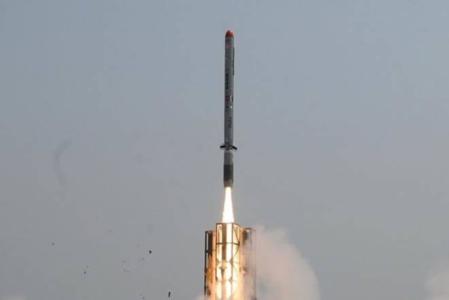Mission SHAKTI India showing space power
Hello aspirants
Defence Research and Development Organisation's (DRDO) anti-satellite missile, or ASAT, has shot down a low-orbital satellite. With that, India joined the United States, China and Russia to successfully demonstrate its capabilities to shoot down a low-orbital satellite with an ASAT. Our PM in his speech named this as “Mission SHAKTI”. In this post, we will clear all the doubts that may arise in your mind regarding this mission.
-
What is this mission?
- On March 27, 2019, India conducted Mission Shakti, an anti-satellite missile test, from the Dr A.P.J Abdul Kalam Island launch complex.
- The technological mission carried out by DRDO. The satellite used in the purpose was one of India’s existing satellites operating in lower orbit.
- The test was entirely successful and achieved all parameters as per plans. The test required an extremely high degree of precision and technical capability.
- The significance of the test is that India has tested and successfully demonstrated its capability to prevent and intercept a satellite in outer space.
-
What is ASAT?
- ASAT stands for Anti-Satellite missile technology. The use of ASAT is seen as crossing new frontier just like India’s 1998 nuclear tests.
- Anti-satellite technology has so far been in the hands of very few countries: the United States, Russia and China. The acquisition and demonstration of this technology make India a member of an elite group of countries.
- The DRDO’s Ballistic Missile Defence interceptor was used, which is part of the ongoing ballistic missile defence programme.
-
What does this mission signify?
- The anti-satellite space technology shows India’s focus on security challenges, emanating beyond Pakistan.
- “The ASAT weapon is likely to be the most potent military tool for the armed forces over the next few decades, notwithstanding a revolutionary technological breakthrough said an official.
- The acquisition of this technology is expected to have spin-offs that India can exploit for commercial use, both domestic and globally.
- The fact that this anti-satellite technology is indigenously developed adds to India’s credentials and shows the advancement in technology that India possesses.
-
Did India break any rule by doing so?
- The principal international Treaty on space is the 1967 Outer Space Treaty. India is a signatory to this treaty and ratified it in 1982.
- The Outer Space Treaty prohibits only weapons of mass destruction in outer space, not conventional weapons.
- India is not in violation of any international law or Treaty to which it is a party or any national obligation.
This mission will surely give India a stronghold in the outer space as well thou the government have claimed that the purpose is not to threaten any other country but is only to enhance the national security of the county.
Stay connected to DDE for more.






 Order Now on Amazon
Order Now on Amazon
